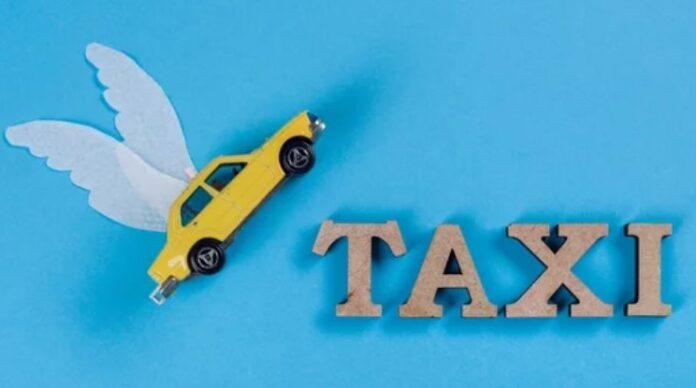Bumble Bee Flights (Air Taxi) is on course to fly in 2024. Bumble Bee Flights is building a new assembly line and also launch its prototype air taxis. India’s first autonomous air mobility solution with multiple services capabilities such as air ambulance, air taxi, logistics, recreational use, and Defence applications, has chalked out plans to deploy Rs 300 crore ($37 million) to set up an assembly plant in Odisha for manufacturing the air taxis.
The Bengaluru-based startup, founded by serial entrepreneur and air mobility solutions expert Arjun Das in early 2022, said it will use the funds to set up an assembly plant in Odisha for manufacturing the air taxis.
The company has set a target to launch the first prototype by April 2023. As per an official release, Bumble Bee Flights will manufacture air taxis under the brand Bee Flights. These air taxis will be certified and available for production by 2024.
Arjun Das, Founder of Bumble Bee Flights, said, “eVTOL Aircrafts are the future of urban mobility and transport. These autonomous air taxis would not only ease the already burdened urban road infrastructure but also will work towards reducing carbon footprints. We aim to work towards making mobility cheaper, faster, and more sustainable.”
Arjun added that Bumble Bee Flights will design and manufacture these air taxis, partnering with operators across the globe to service, support, and run operations. The first step would be obtaining a certification aimed for India, the US, the UK, the UAE, and Singapore.
Bumble Bee Air Taxi Aims to be Airbus for Mobility Solutions
“We are like the Boeing or Airbus for air mobility solutions,” Arjun said. He said the company was committed to make in India, make for the global movement, and [to] build the future of transportation. “This is also a step towards putting Odisha and India on the global air mobility solution map,” he said.
Bumble Bee Flights‘ air taxis would run on solar-charged swappable batteries and would weigh around 300 kg, as compared to helicopters that weigh about 1,000 kg and more. They will have the capacity to carry one person along with a suitcase and can land on apartment rooftops. They will be able to fly for 20 minutes for a distance of 20 km. “Booking an air taxi would be as easy as booking a taxi from Ola or Uber,” Arjun said.
Arjun feels that these air taxis would become a regular feature in the world by year 2035 when about 10% of the transportation would be managed and controlled by these flying vehicles. This will streamline daily commuting, saving millions of driving hours and reducing pollution drastically.
Morgan Stanley, a US investment company, predicted that the global UAM market will grow 30% annually between 2021 and 2040, reaching $1.5 trillion by 2040.
Gurujee Kumaran Swami, Vice Chairman, SRAM & MRAM Technologies and Resources Limited, said, “We are committed to the make in India movement and [we] share a common vision of the importance of a sustainable future using electric air mobility systems.”
“Electric vertical takeoff and landing aircraft are the future of urban mobility and transport. These autonomous air taxis would not only ease the already burdened urban road infrastructure but will also work towards reducing carbon footprint,” Das said.
Air taxis will become a regular feature in the world by the year 2035, when about 10% of transportation is expected to be managed and controlled by these flying vehicles, the company said in a statement.
The electric vertical takeoff and landing (eVTOL) aircraft will be launched under the brand “Bee Flights,” and will use replaceable batteries to hover and fly, as well as taking off and landing vertically. The vehicles are expected to be able to fly for 20 minutes covering a distance of 20 kilometers.
The funding was led by investment from UK-based technology conglomerate SRAM & MRAM Technologies and Resources Limited.



